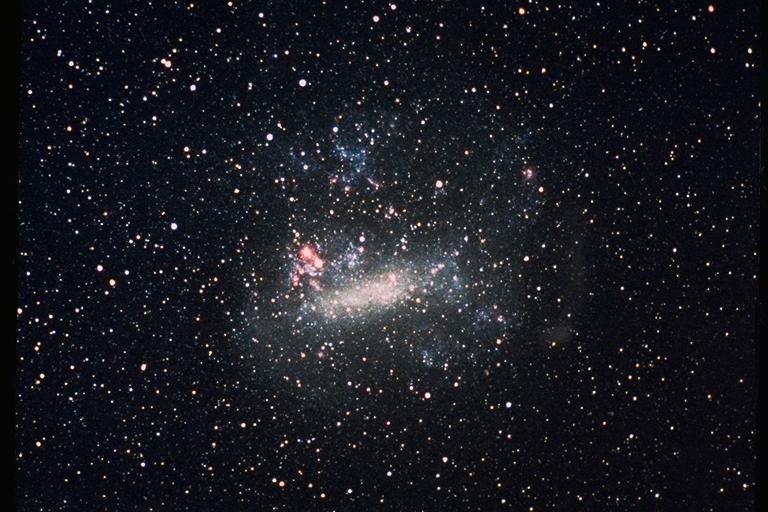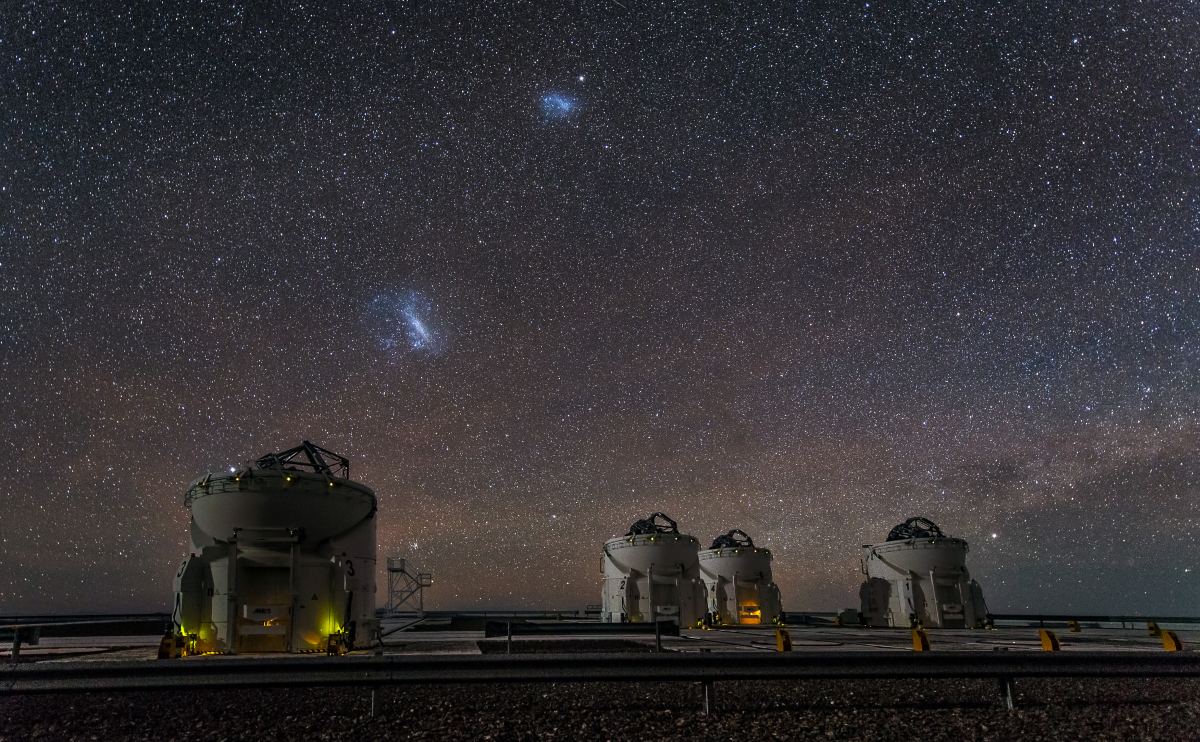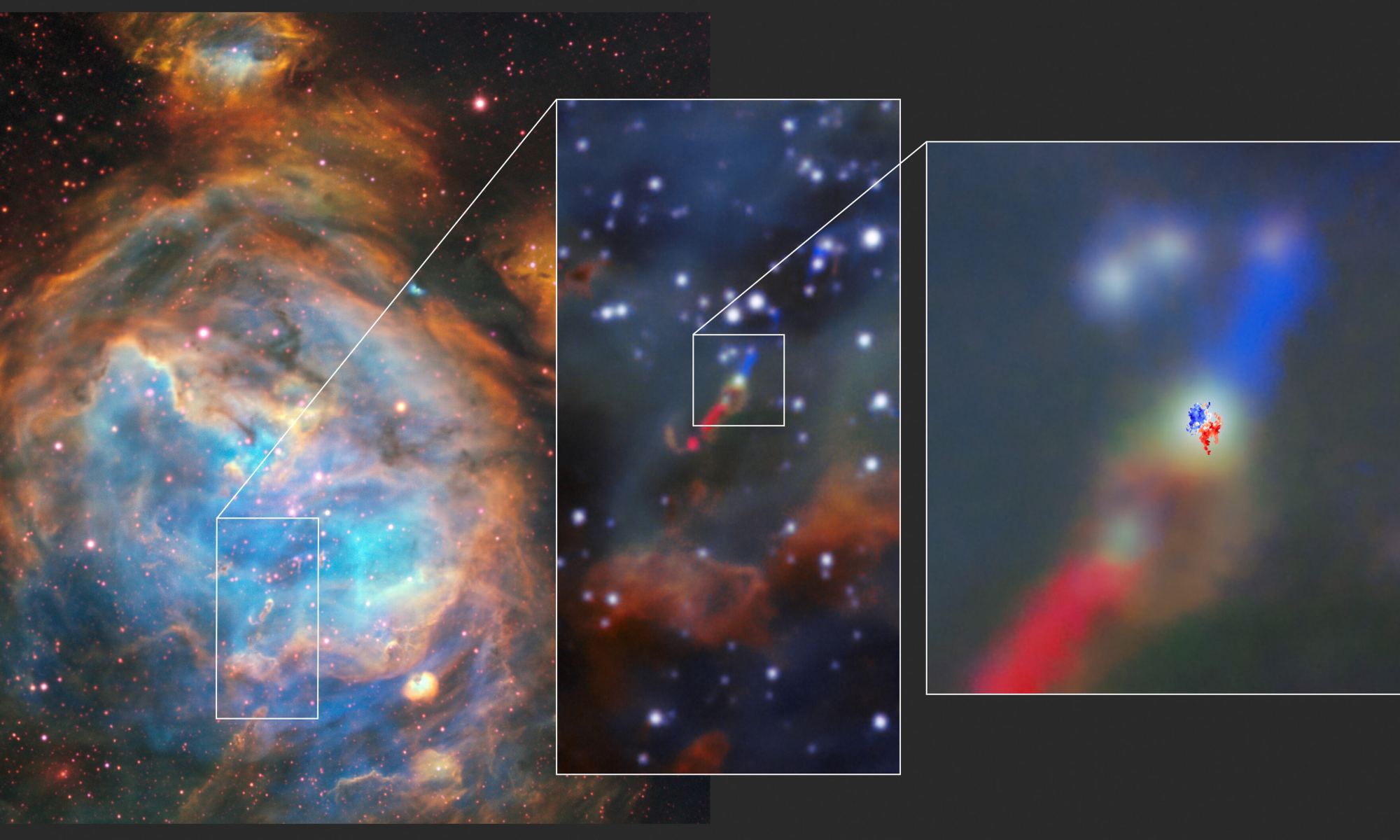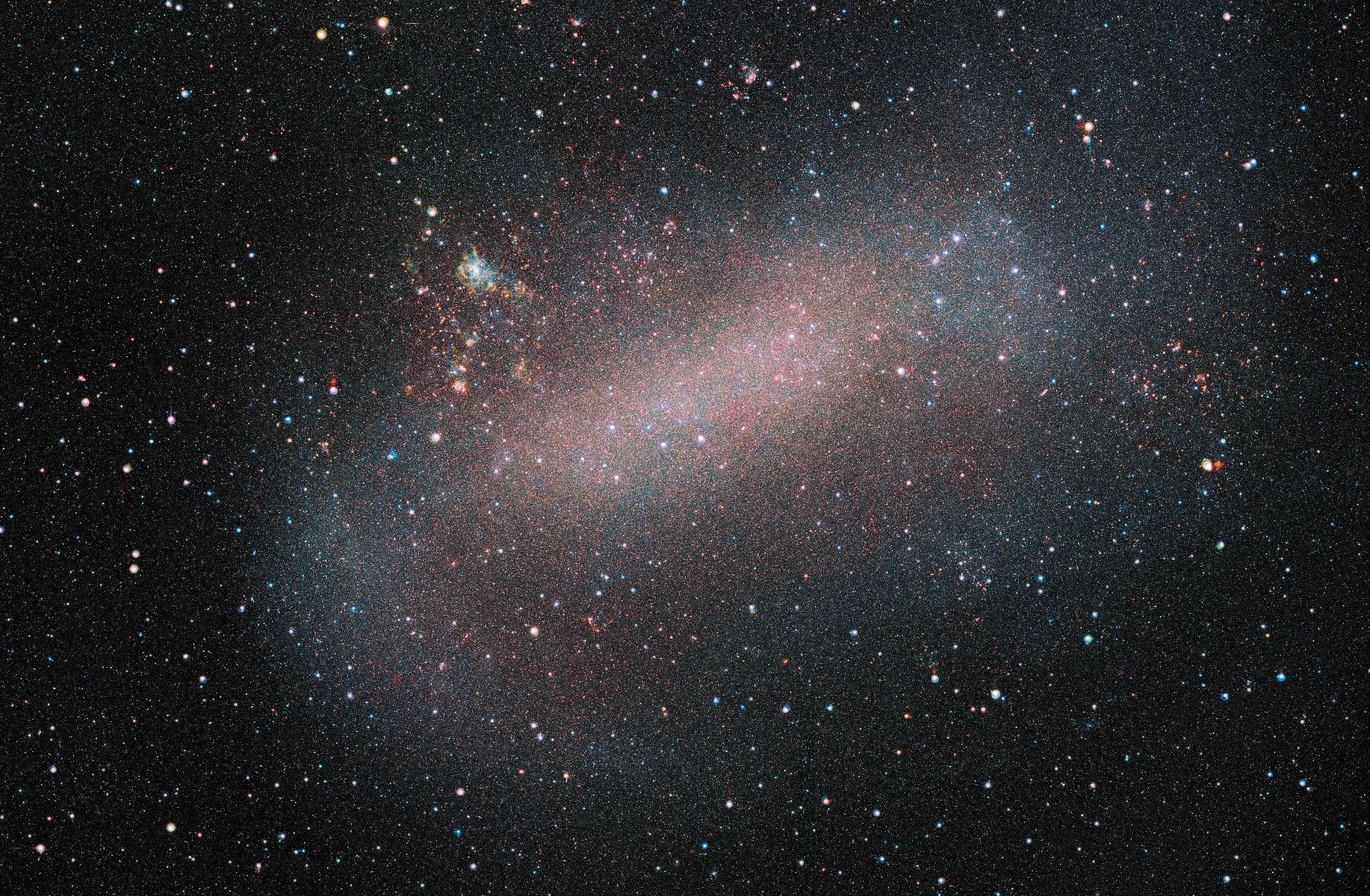Astronomers often use the Milky Way as a standard for studying how galaxies form and evolve. Since we’re inside it, astronomers can study it in detail with advanced telescopes. By examining it in different wavelengths, astronomers and astrophysicists can understand its stellar population, its gas dynamics, and its other characteristics in far more detail than distant galaxies.
However, new research that examines 101 of the Milky Way’s kin shows how it differs from them.
Continue reading “We’re Living in an Abnormal Galaxy”









